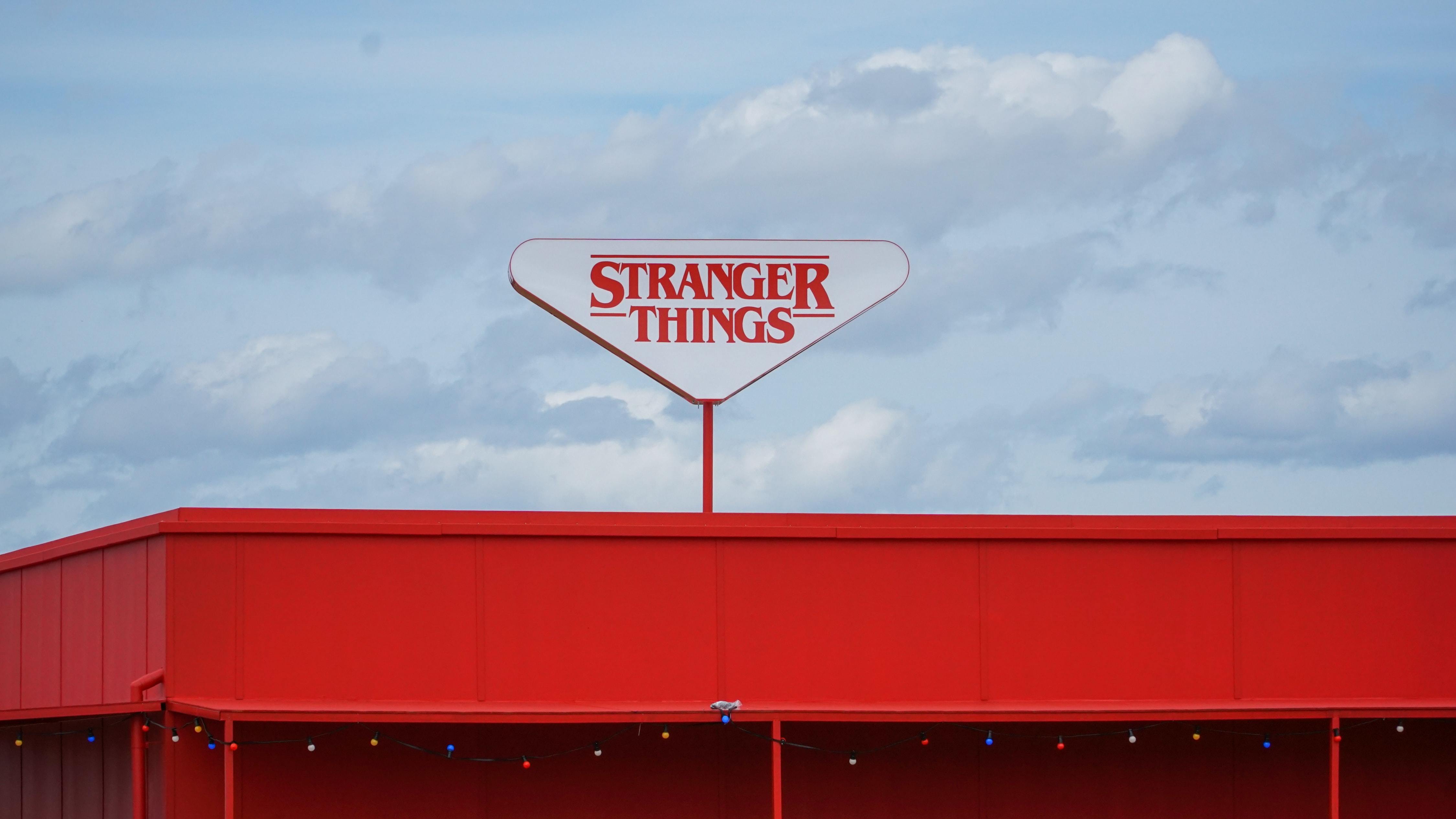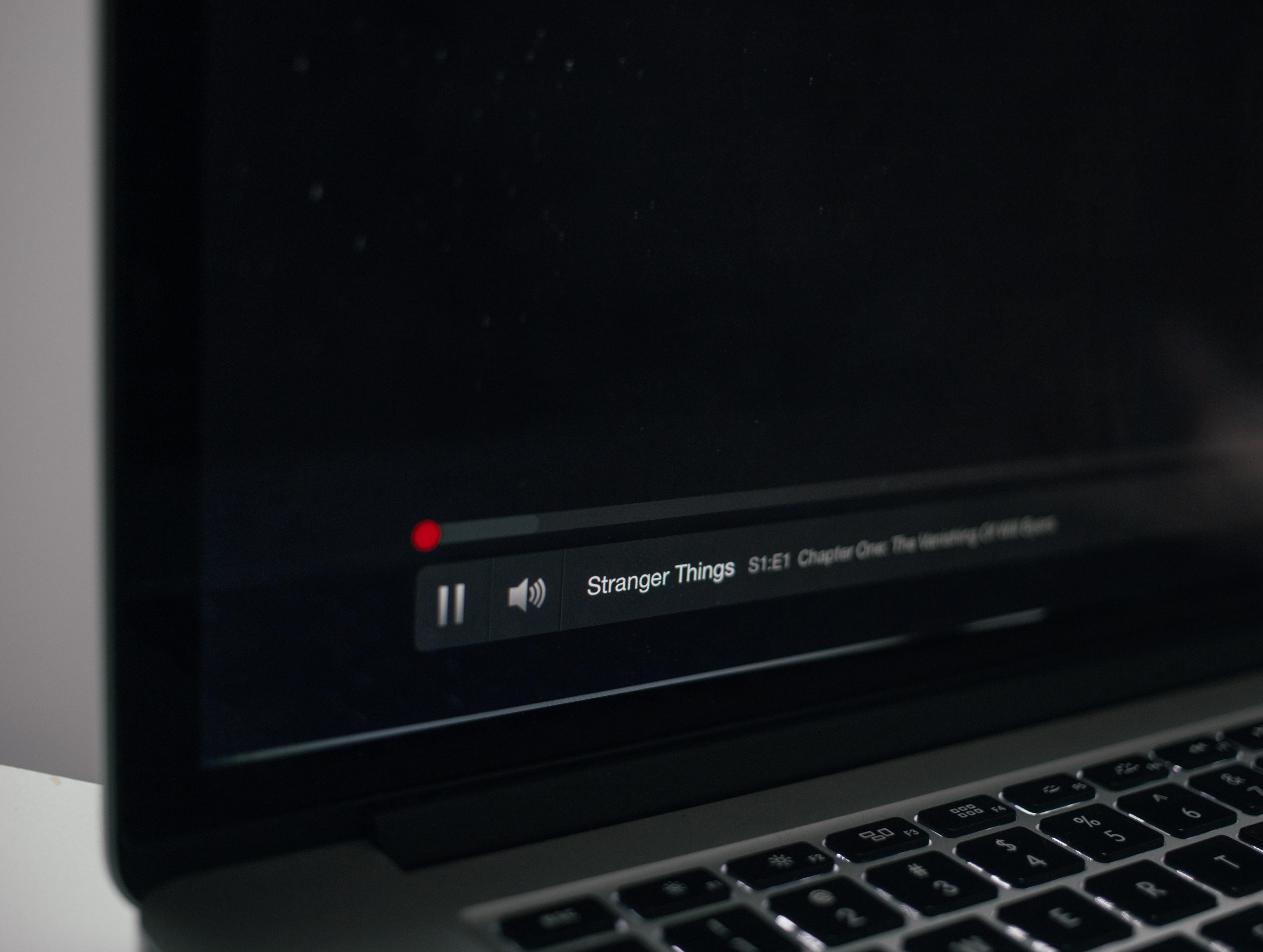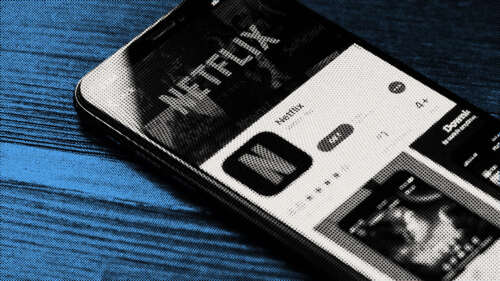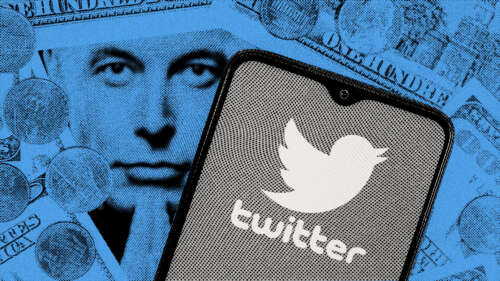In case you hadn’t heard, Stranger Things is back. It was hard to escape the news that the retro sci-fi show was returning to Netflix this summer. Stranger Things quickly entered pop culture consciousness in July 2016 as a superior blend of supernatural mystery with 80s nostalgia. Halloween costumes were born, child stars were made. And since then it has become a juggernaut title for Netflix. Even though the streaming platform does not release viewing numbers, you can witness its belief in the show just from the sheer amount of Stranger Things brand collaborations.
While there are no paid product placements, Netflix contracted 75 merchandising and partnership deals with other brands to promote the third series. Burger King sold upside down Whoppers, referencing the supernatural underworld of the show; ice cream chain Baskin-Robbins offered flavours based on those available at the fictional Scoops Ahoy ice-cream parlour in the show; H&M launched a capsule collection of clothing worn by the characters; Coca-Cola revived its failed 80s-era New Coke recipe; Nike created three sneakers based on classic styles of that decade – and the list goes on.

Netflix says that the Stranger Things brand collaborations are not about adding revenue to the show, but about “fueling the fandom,” according to Christie Fleischer, Netflix’s vice president for consumer products. “The hope is that it just gets the show more exposure.”
But what about the uptick for the other brands? Who in Stranger Things’ audience do they hope to speak to? Are they speaking to the right audience at all? Fifty did an analysis of Stranger Things’ UK audience to understand the top five tribes within the fandom, and see what sponsorship opportunities hit the mark and where opportunities may have been lost.
WHO LOVES STRANGER THINGS?
As a sci-fi horror show with heavy Spielbergian nostalgia and references you might expect Stranger Things to be popular amongst Gen Xers but it is actually the kids of today that are most engaged. An analysis of the core UK Stranger Things audiences reveals that the show has a strong Gen Z following. Many in the largest tribes describe themselves as ‘students’ and are in their late teens and early 20s. And despite (or perhaps because of) its cast of mostly teen boys, the show’s following is majority female. Across its top five largest tribes, the female-male split is on average 60-40, with women dominating four of the five tribes: Teen Entertainment Lovers, Social Media Addicts, Pop Music Maniacs and Boyband Obsessed Females. The only top five tribe with more men is the Mainstream Sports Fans tribe, where the split was reversed, with 40-60 female-male.
Digging into the interests of the Stranger Things audience, we can see that overall they are pop culture addicts, with a strong affinity for leading actors and entertainers such as Emma Watson, Ryan Reynolds and James Corden. But examining further into individual tribes, we can see that they are not only avid television watchers, but digital natives, who engage with popular YouTubers such as Zoe Sugg, Dan Howell and Caspar Lee. Young influencers such as former Disney actress Zendaya and Nick Jonas of the Jonas Brothers also resonate strongly with this group.

Outside of Gen Z, older fans of Stranger Things tend to come from creative fields, and so it may be more of a case of artistic appreciation over pure fandom. Of the tribes that are not youth-based, London Theatre Professionals, Film Industry and Graphic Designers stand out as prominent audiences with a high affinity for the show. Each of these tribes describe themselves as working in the creative industries, and are interested in the news and machinations of their trade, following publications like Creative Review, The Stage and studios such as Universal and Paramount.
DO THE TRIBES JUSTIFY THE PARTNERSHIPS?
So now we know who is into Stranger Things, we can assess the relevance of some of the most prominent cross-promotional campaigns.
Some clear winners are those that directly appeal to Stranger Things’ younger audience. While several fashion brands have promo deals with Netflix, the ones that make sense are those that resonant with the show’s core audience of Gen Zers. Levi’s created a capsule collection based on clothes worn by the characters, but the price points are a little high – a denim jacket is £115 while a collegiate sweatshirt is £65 – for an audience of budget-minded students. H&M on the other hand, also created a capsule collection but with a price range of £6.99 - £17.99.
One of the most hyped collaborations was Nike’s limited edition sneakers, but the sports company does not even rank in the top 500 influencers of Stranger Things’ UK audience, meaning for the majority of them, the campaign could be irrelevant.

Promotions that bank heavily on nostalgia, such as New Coke – which actually features as a plot point within the series – may actually be a genius move because they appeal to both younger and older audiences. For younger fans, who didn’t experience the PR disaster that was New Coke (where Coke reformulated their recipe to be sweeter, to the disdain of everyone), they can participate in a pop culture moment that happened long before they were born. For older fans, they get to relive a memory – even if it’s just to argue about whether or not New Coke really was that bad.
What is most interesting about the Stranger Things audience is that brands actually have very little resonance with them generally. Their top influencers tend to be people, whether they be actors, television personalities or musicians, this group is mostly engaged with creative leaders. While a couple of media outlets crop up in the top 100 influencers – such as the BBC, Sky Sports and The Guardian, the only other brand names that breakthrough are Netflix and Amazon.
For the next series, Stranger Things might do better to go back to its Series One playbook, relying on word-of-mouth and peer-to-peer marketing rather than splashy cross-promos that do not resonate with an audience of brand-ambivalent youth and skeptical Gen Xers.
Catch up on the latest trends and insights here.
To find out how Fifty can help you create partnerships and sponsorships that make sense, book a demo.




































